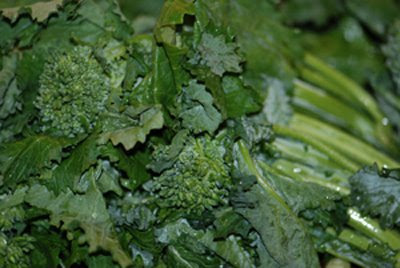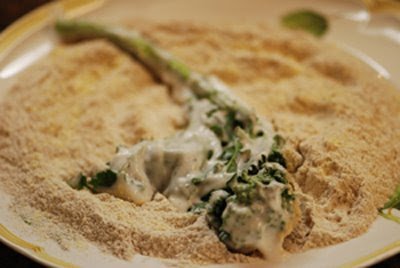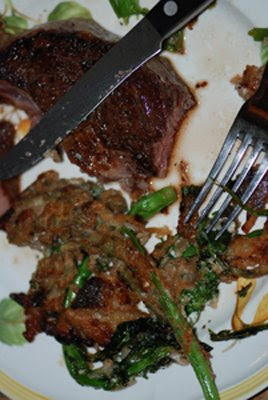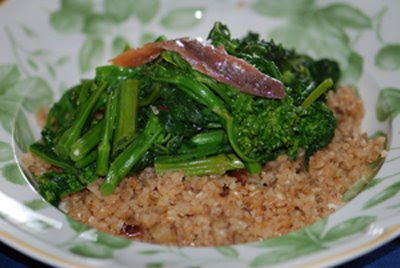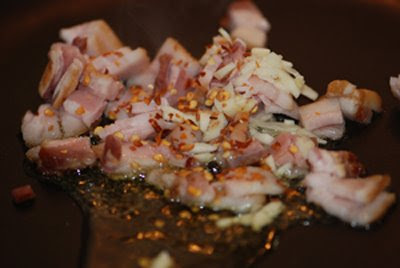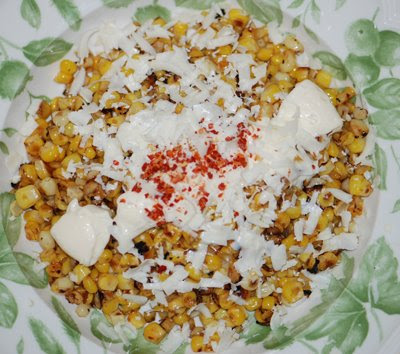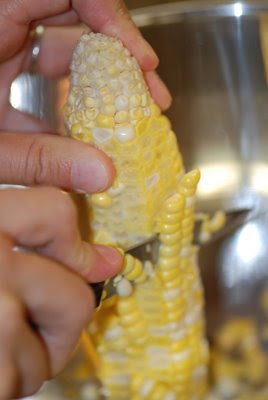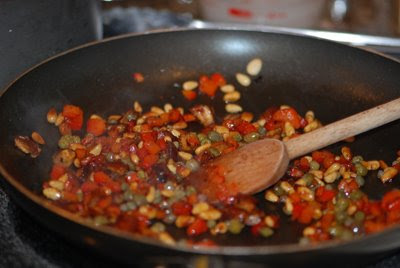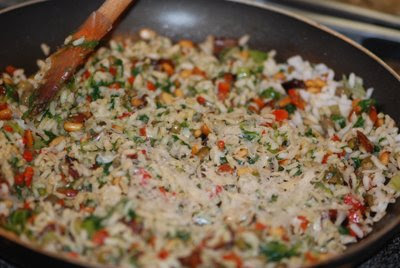Soy Milk versus Cow’s Milk
SOY MILK is a key alternative for those who do not wish to drink cow’s milk for dietary or ethical reasons, or who cannot do so. The soybean is a plant-based product and is a good alternative to traditional cow’s milk. Most varieties contain thickeners that improve shelf life and give a better consistency.
Soy milk does not contain lactose so is suitable for those with intolerances, does not contain cholesterol and has low saturated fat, which can obviously be detrimental in large amounts. Probiotic or fermented soy milk is useful for those with high blood pressure.
Surprisingly to some people, on the nutritional front soybeans contain as much protein as cow’s milk including calcium and potassium, as well as vitamins A, B12 and isoflavones. On the downside soy can also be an allergen to some people and can cause problems for those with thyroid problems, so care must be taken in these scenarios.
COW’S MILK can now be obtained not just in whole milk form but comes semi-skimmed, skimmed and even lactose free and is a key source of calcium, protein and vitamin D. For nutritional purposes this is particularly pertinent for certain groups such as pregnant women, children under two years old and teenagers. The UK Government’s Eatwell Guide recommends a much lower percentage of dairy intake than in previous publications and includes semi-skimmed or soy milk as healthy options: https://www.gov.uk/government/publications/the-eatwell-guide
However, there are many reasons why a large number of people cannot or do not wish to drink cow’s milk, including allergies, ethical reasons or a need to reduce calories and saturated fat intake.
FROTHING
With coffee consumption on the rise, effective frothing of milk and milk substitutes have become big business. One reason that cow’s milk may not froth effectively is deemed to be detrimental levels of chemicals in milk. In terms of frothing soy milk, this is undertaken by steaming and adding in air bubbles to create a sweet, creamy foam although the quality may potentially suffer.
QUALITY OF LIFE
Taking all of these factors on board, it is important to weigh up the pros and cons of traditional milk versus soy milk when choosing the most appropriate drink, as each individual will have a number of different lifestyle reasons for their choice of one over the other.


